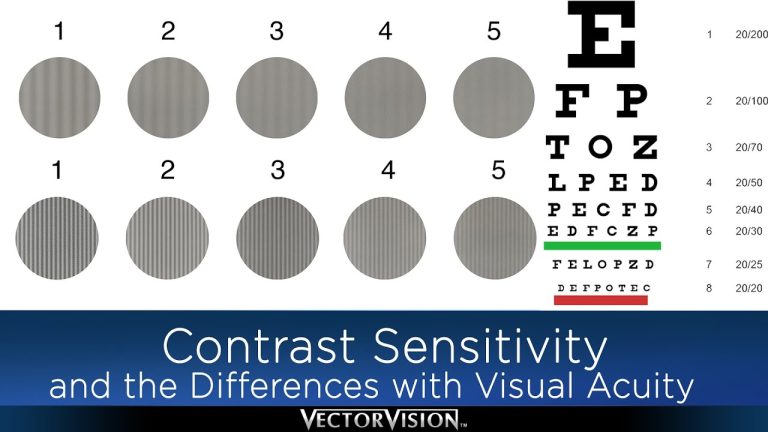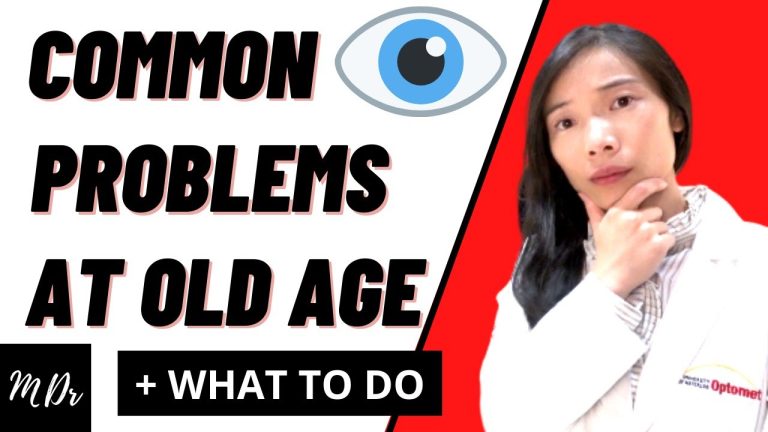Understanding and Mitigating Risks of Vision Correction: An Essential Guide for Optical Care Consumers
Correcting vision is a common practice for those who suffer from refractive errors such as myopia, hyperopia, astigmatism, and presbyopia. While this may seem like a simple fix, there are risks associated with vision correction that should be considered before undergoing any procedure.
Before delving into the potential risks, it’s essential to understand the different types of vision correction available. Glasses and contact lenses are the most popular non-invasive options, while surgical procedures include LASIK, PRK, and SMILE.
The Risks and Complications of Vision Correction
Complications with LASIK Surgery
- Undercorrection or Overcorrection: LASIK surgery involves removing tissue from the cornea to reshape it, but if the amount of tissue removed is incorrect, vision can be undercorrected or overcorrected.
- Dry Eyes: LASIK can cause a decrease in tear production, leading to dry eyes and discomfort.
- Corneal Ectasia: In rare cases, LASIK can cause the cornea to thin and bulge, leading to vision loss and potential need for a corneal transplant.
- Halos and Glare: Visual disturbances such as halos and glare can occur, particularly at night or in low light conditions.
Complications with Contact Lenses
- Eye Infections: Improper care or extended use of contact lenses can increase the risk of eye infections.
- Corneal Abrasions: Scratching or injuring the cornea while inserting, removing, or wearing contact lenses can cause corneal abrasions.
- Allergic Reactions: Some people may experience allergic reactions to the material of the contact lens, causing discomfort and redness.
- Corneal Neovascularization: Extended use of contact lenses can cause blood vessels to grow in the cornea, potentially leading to vision loss.
Alternative Options
For those who may not be comfortable with the risks associated with vision correction procedures, there are alternative options available. One popular option is orthokeratology, which involves wearing special contact lenses at night to reshape the cornea and improve vision during the day. Another alternative is using specialized glasses that can improve vision without the need for surgery or contact lenses.
It’s important to carefully consider and discuss all options and potential risks with an eye care professional before making any decisions regarding vision correction. While the benefits of improved vision can be life-changing, it’s essential to weigh these benefits against the potential risks and complications.
Contents
Most wanted in Hoya Vision:
What are prism eyeglass lenses?
Hoya Lens Engravings
What brand lenses does Costco use?
What does +0.25 mean on an eye test?
Do tinted glasses help with migraines?
Should eyeglasses cover eyebrows?
Hoya Identification Chart
What LED light is best for broken capillaries?
Does hyperopia worsen with age?
What is the difference between Ray Ban RB and Rx?













![Improve Your Vision with These Effective Visual Processing Exercises – A Guide by [Website Name]](https://www.hoyavision.com.ar/wp-content/uploads/2023/04/Visual-processing-exercises-768x432.jpg)


